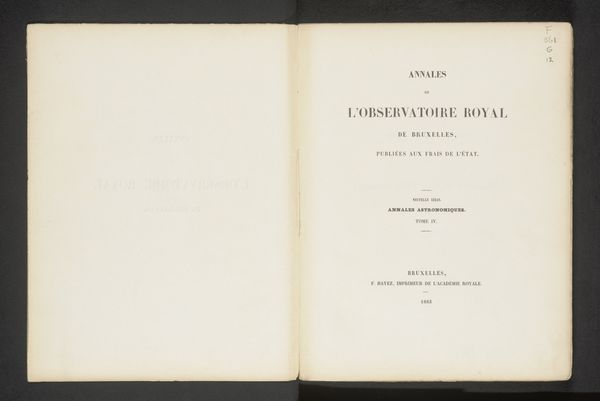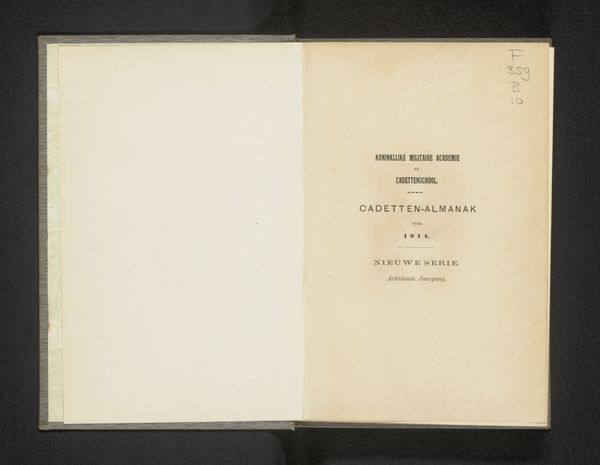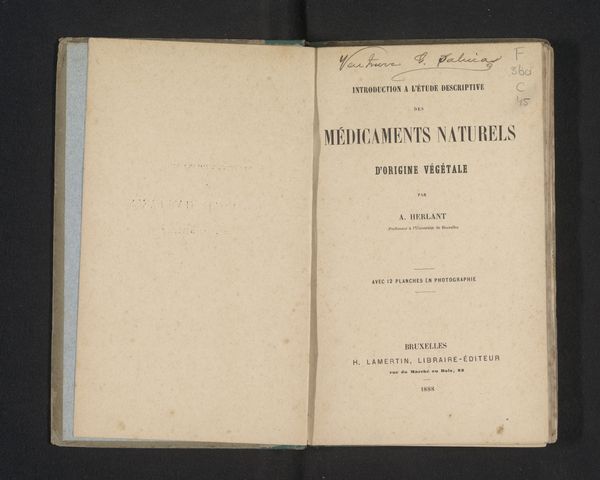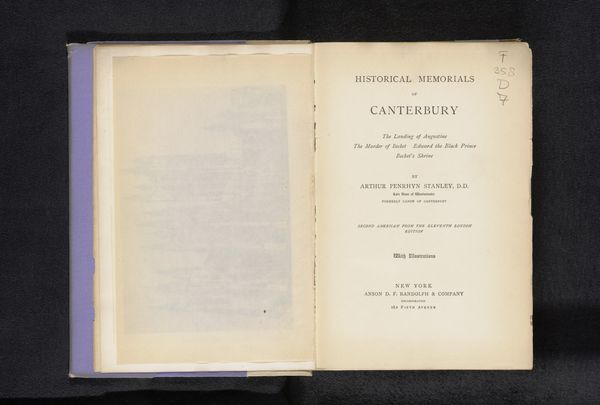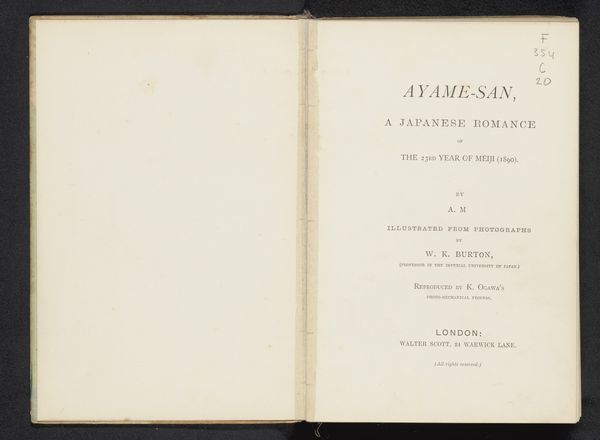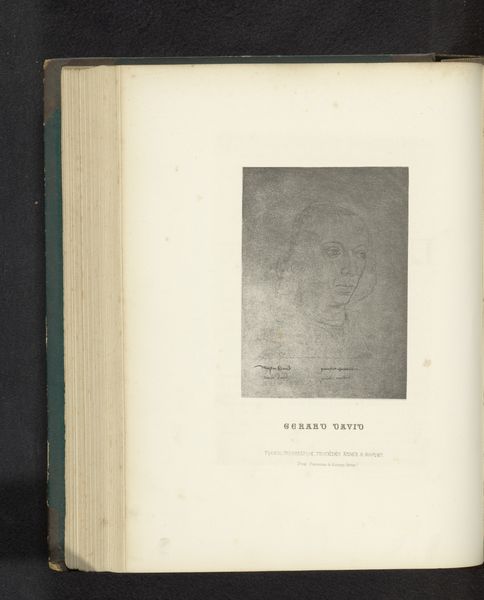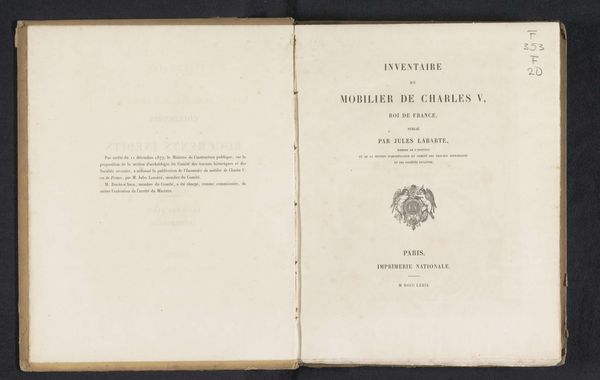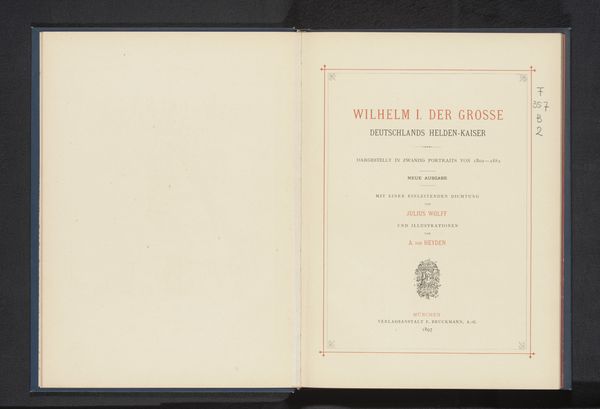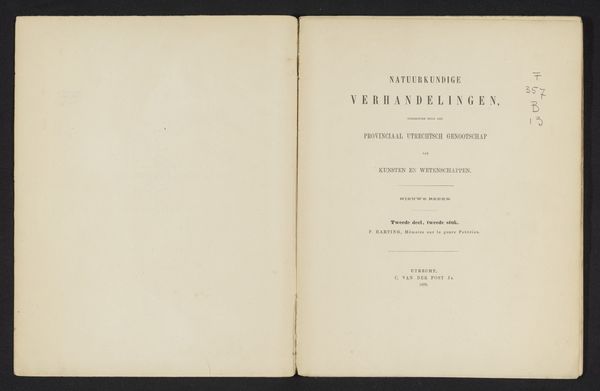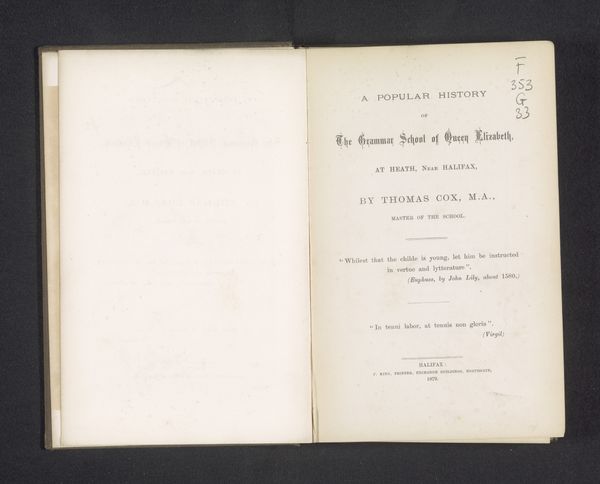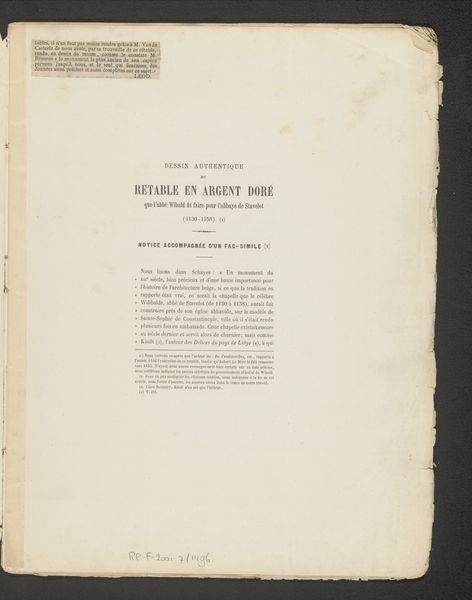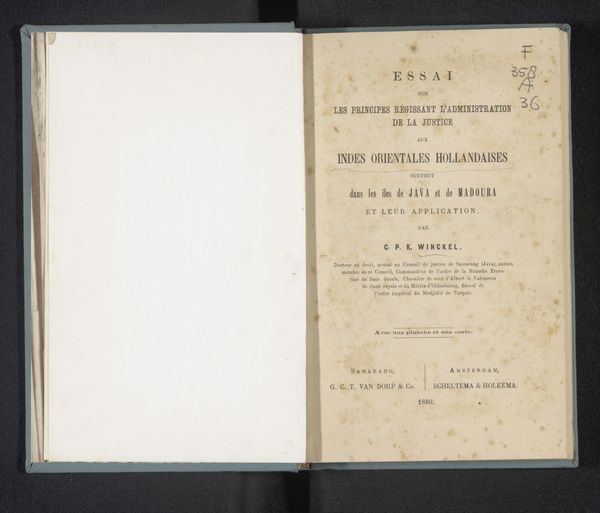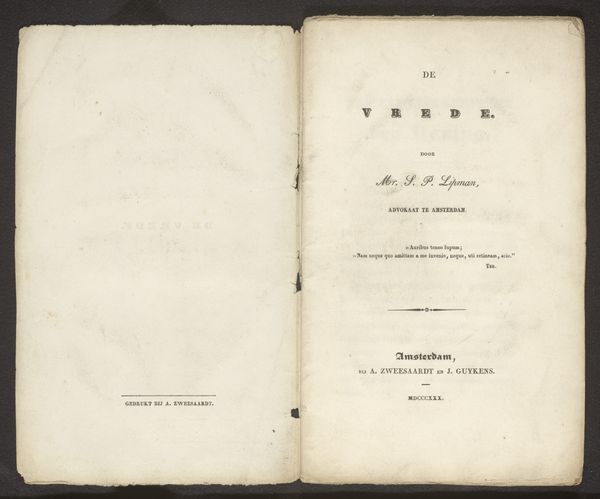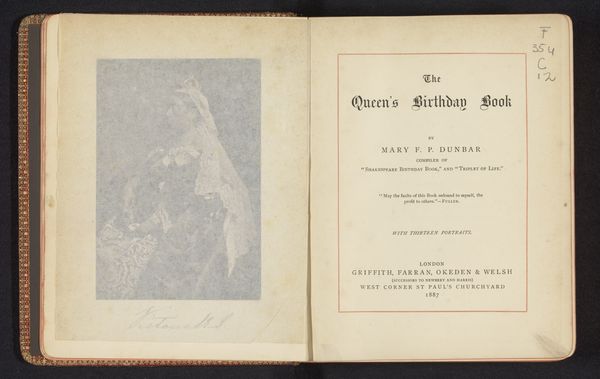
print, paper
#
aged paper
#
homemade paper
#
paper non-digital material
#
paperlike
# print
#
sketch book
#
personal journal design
#
paper texture
#
paper
#
personal sketchbook
#
journal
#
historical font
Dimensions: height 261 mm, width 185 mm, thickness 45 mm
Copyright: Rijks Museum: Open Domain
Editor: This is "Bombay and Western India: a series of stray papers," dating back to 1893, by James Douglas. It appears to be a printed book. The yellowed pages and classic font give it a distinctly vintage feel. What stories do you think this book could tell? Curator: Ah, a time capsule in paper and ink! It whispers of empire, doesn’t it? I imagine the scent of old libraries, a little musty, maybe a touch of sandalwood. Douglas invites us into his Victorian-era musings on India, but I can’t help wonder, whose India do we see through his words? A real one, or the product of colonial fantasies? The “stray papers” hints at a charmingly disorganized mind, collecting impressions like exotic butterflies. Editor: That's interesting – a colonial gaze shaping the narrative. It makes me wonder about his audience too. Who was he writing for? Curator: Probably for the chaps back home, eager to learn about "the jewel in the crown," perhaps confirming their prejudices as much as informing them. What I find particularly intriguing is the book itself as object, you know? The feel of the paper, the weight of the volume, they all add to the experience of encountering a different time, a different mindset. Does it give you the impression to know more about its location in our gallery, or context within other objects or images on the walls? Editor: I'm starting to see the book not just as a source of information but also as a cultural artifact in its own right, representing a particular era and perspective. That the binding, font and paper texture tells its own history too! Curator: Precisely! We often overlook the power of the physical object in conveying meaning and its significance over history. Editor: This has completely shifted my understanding! Thanks so much. Curator: My pleasure! I find that sometimes the “stray papers” in our own minds lead to the most interesting destinations.
Comments
No comments
Be the first to comment and join the conversation on the ultimate creative platform.
